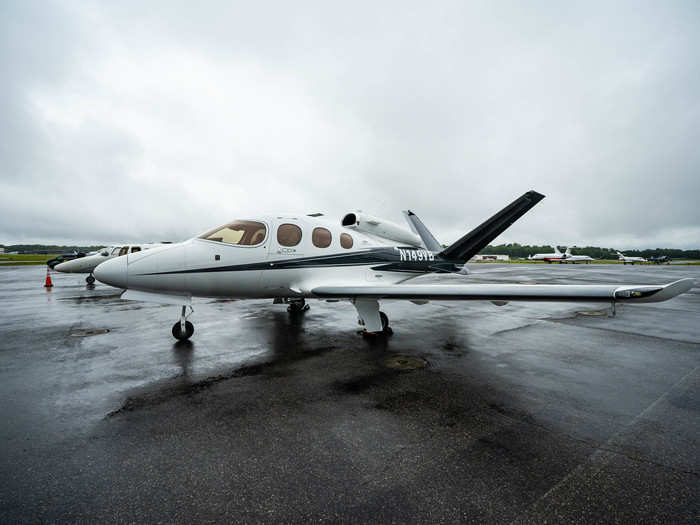

















Then, I got ready to land the plane
Because it wasn't a real emergency, we did a few things differently.
For example, our pilot disabled the feature that communicates with air traffic control, since we didn't want to send out a false emergency broadcast. Also, because we didn't want to interfere with normal air traffic, we waited to push the button until we were in a scenario where it was obvious which airport, runway, and direction the auto-land system would choose.
But other than that, this was, the system behaved exactly as it was designed to.




















 Love in the time of elections: Do politics spice up or spoil dating in India?
Love in the time of elections: Do politics spice up or spoil dating in India?
 Samsung Galaxy S24 Plus review – the best smartphone in the S24 lineup
Samsung Galaxy S24 Plus review – the best smartphone in the S24 lineup
 Household savings dip over Rs 9 lakh cr in 3 years to Rs 14.16 lakh cr in 2022-23
Household savings dip over Rs 9 lakh cr in 3 years to Rs 14.16 lakh cr in 2022-23

Copyright © 2024. Times Internet Limited. All rights reserved.For reprint rights. Times Syndication Service.